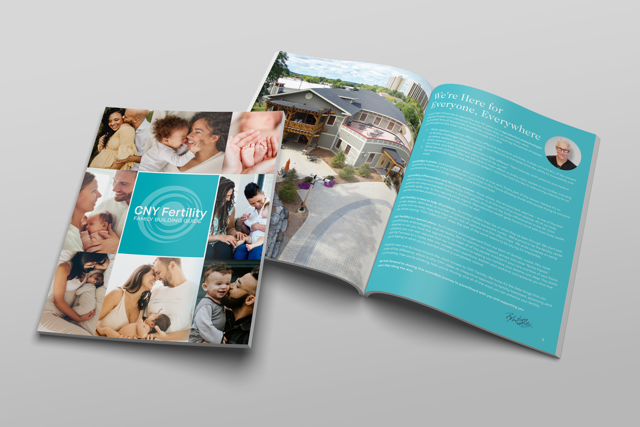FAQ - ET/FET
The number of embryos to be transferred will be determined by you, the physician and the embryologist prior to the embryo transfer to maximize the possibility of pregnancy and minimize the risk of multiple gestations. Patient age, infertility factor(s), embryo quality, previous failed cycles, and other factors are taken into account. Multiple pregnancies can be devastating to the health of both mother and children. To curtail the problem, national guidelines published by the Practice Committee of the Society in Assisted Reproductive Technologies (SART) of the American Society for Reproductive Medicine (ASRM) recommend limits on the number of embryos to transfer of which we adhere to.
Recommended Limits on Number of 2-3 Day Old Embryos to Transfer:
Outcome
Age <35
Age 35-37
Age 38-40
Age >40
Donor Egg Recip.
Euploid
1
1
1
1
1
Favorable
1
1
1-3
1-4
1 or 2
All Others
1-2
1-3
1-4
1-5
2
Recommended Limits on Number of 5-6 Day Old Embryos to Transfer:
Outcome
Age <35
Age 35-37
Age 38-40
Age >40
Donor Egg Recip.
Euploid
1
1
1
1
1
Favorable
1
1
1-2
1-3
1
All Others
1-2
1-2
1-3
1-3
2
Blastocyst embryos (usually day 5, but also 6 and 7) are more developed and thus stronger, more resilient, and generally have a better chance of a successful implantation. This does not mean that day 3 (cleavage) embryos cannot make the most beautiful babies. Generally, if you have plenty of embryos that are developing well, we let them continue to day 5 before transferring or freezing. If the number and quality of developing embryos is lower, then we highly recommend doing day 3 transfers as no home (regardless of how great our embryology lab is) is better than your uterus for that developing embryo and future child of yours.
No, after an embryo transfer, you may resume your normal daily activities. Comprehensive studies have confirmed that bed rest may actually be harmful to the developing embryo since inactivity combined with high levels of estrogen can promote blood clot formation as well as a rise in insulin resistance. We recommend restraining oneself from any and all intense exercise like cross fit, sports, running, and jumping. However, nice brisk walks should be continued and are a nice way to connect and spend time with your partner or enjoy some nice quiet you-time!
Depending on your protocol, you may need 2-4 monitoring visits leading up to your transfer.
- There are many reasons why a frozen embryo transfer may be recommended.
- If you are at risk for Ovarian Hyperstimulation Syndrome
- If you have a known history of PCOS
- If you are planning genetic testing (PGT) of your embryos
- If you cannot travel back to CNY 3-5 days after your egg retrieval
- If your hormone levels and/or uterine lining are not adequate for transfer
Most times, you can transfer as soon as your next menstrual cycle (which usually falls within 14 days of retrieval). Some clients opt to wait several months, or years, before transferring.
Yes! Oral and vaginal medications can be taken prior to your embryo transfer. If your transfer is early in the morning, please make sure to insert your vaginal medications 2+hours prior to transfer to ensure it has some time to absorb.
You will be offered Valium for your frozen transfer which can help relax the uterine muscles to prepare for transfer. If you accept the Valium, you will need someone to drive you home (either a partner, friend, or medical taxi service). If you opt not to take the Valium, you are able to drive yourself home.
At CNY, we offer several protocols for Frozen Embryo Transfers. Some of our most common are:
Medicated Transfer: We use Estrogen to help thicken your lining, and then once ready for transfer, incorporate progesterone in to time the transfer appropriately.
Modified Natural Transfer: We use oral stimulation medications to stimulate follicular development in the ovaries. Once we have a mature follicle and an adequate lining, we will use a trigger shot to induce ovulation and time the transfer based on this injection.
Natural Transfer: We use your bodies natural ovulation (or LH surge) to book the transfer.
